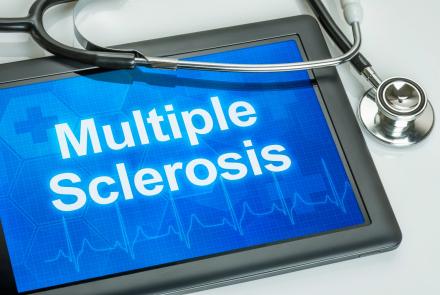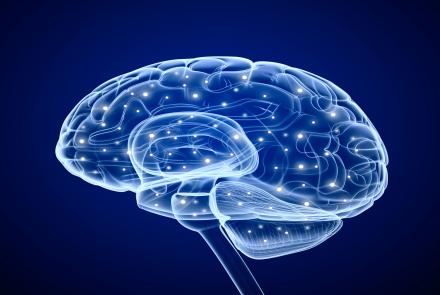There’s not a special diet plan for those living with relapsing multiple sclerosis (MS). But maintaining a healthy diet is a good idea for anyone. Of course, changing eating habits can be difficult, so try setting small, easily attainable goals. Try a new recipe once a month. Cut out dessert once or twice a week. You get the idea. Just make sure to talk to your doctor before starting any diet or nutritional program.
Start Slow
Plan Ahead
Stay hydrated
Control portions
Make low fat…

Persons with Multiple Sclerosis are often more likely to lose balance. MSSI Chennai explains the reasons why. And six exercises that can help a person with MS improve balance.
Persons with Multiple Sclerosis who have numbness in legs/ feet may feel less than sure footed when walking or climbing stairs. This may cause them to lean forward to watch their feet as they move, and that puts further strain on back and neck. In a good posture, the head is centered above spine and chin is level with the ground.
- Try to keep your hips and pelvis in alignment and let your skeleton support most of your weight.
- If you need a lot of assistance to walk, either because of your body being inert (unmoving) for long or due to relapse, consult a physiotherapist.
- If you want to keep your Central Nervous System active, then try standing and walking, as both require coordination between brain and spinal cord.
- Standing and walking, both challenges body’s balance systems. Decrease in usage makes it less efficient and makes person more likely to tip over.
- Changes in walking postures are unavoidable with MS, but try to avoid bad habits which could result in more knock downs.
- Some MS people start walking by putting more pressure on the toes, but this may inadvertently raise the hip and the knee which is not very helpful.
- If you are walking with a limp or dragging your feet after a while, try and pace yourself. Rest regularly to allow your muscles to recover and consider using a walking aid for longer distances.
Simple exercises for MS patients to try at home:
- Heel raises : Hold on to a wall, rise up on your tiptoes, and hold for 5 seconds. Lower your heels and then shift your weight back on to them, again repeat for about 10-15 times.
- One leg stand : Hold on to walk, lift one foot slightly, so you are standing on one leg, and hold the position for 30 sec. As you get stronger, add more postures such as lifting your foot higher or holding both arms out to the sides or overhead.
- Foot Exercises: Use your bare toes to pick up small objects, such as marbles or tissues off the floor. This strengthens the calves and muscles in the feet. Repeat in both legs 10 to 15 times. Draw patterns using toes on the floor or write alphabets.
- Heel to toe walk: Using a balance, walk by placing one foot directly in front of other as if balancing on a beam. Repeat the same backwards.
- Stationery pedaling: Use a stationary bike to strengthen your leg muscles. Start from a slow speed and gradually increase the pace. After the work out, stretch your legs.
- Tai Chi for beginners – a simple video on You tube can help your improve your standing and balancing postures.
Changed
29/May/2018
Community
Condition












